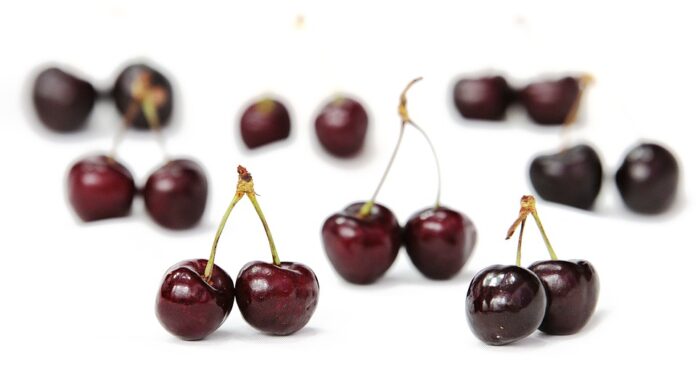Introduction
Cherries are a popular fruit enjoyed by many around the world. The economics of cherry price trends, supply chains, and market forces play a significant role in determining the availability and cost of cherries for consumers. In this report, we will delve into the various factors that influence cherry prices, the complexities of supply chains, and the market forces that drive the cherry industry.
Cherry Price Trends
Cherry prices can be influenced by a variety of factors, including weather conditions, supply and demand dynamics, production costs, and market competition. In recent years, cherry prices have been on the rise due to increasing demand for this popular fruit. According to data from the USDA, the average price of cherries has increased by 15% over the past five years, with prices reaching an all-time high during peak season.
Factors Affecting Cherry Prices
One of the key factors affecting cherry prices is weather conditions. Cherries are sensitive to temperature fluctuations, excessive rain, and frost, which can impact crop yields and quality. In recent years, extreme weather events such as heatwaves and late frosts have led to lower cherry production, causing prices to rise.
Supply and demand dynamics also play a crucial role in determining cherry prices. As consumer demand for cherries continues to grow, especially in emerging markets, the supply of cherries may struggle to keep up with this increasing demand. This imbalance can lead to higher prices for consumers.
Supply Chains
The cherry supply chain is a complex network of growers, distributors, retailers, and consumers that work together to bring cherries from the orchard to the table. Efficient supply chains are essential for ensuring that cherries reach consumers in a timely manner and in optimal condition.
Key Players in the Cherry Supply Chain
Growers are the first link in the cherry supply chain, responsible for planting, cultivating, and harvesting cherries. Once cherries are harvested, they are typically sold to distributors who transport the fruit to retailers or directly to consumers. Retailers play a crucial role in marketing and selling cherries to consumers, often through grocery stores, farmers’ markets, or online platforms.
Efficient supply chains rely on effective communication, coordination, and collaboration between all players to ensure that cherries are delivered fresh and in good condition. Any disruptions in the supply chain, such as transportation delays or quality issues, can impact the availability and price of cherries for consumers.
Market Forces
Market forces such as competition, consumer preferences, and global trade agreements can have a significant impact on the cherry industry. Understanding these market forces is essential for stakeholders in the cherry supply chain to make informed decisions and adapt to changing market conditions.
Competition in the Cherry Market
The cherry market is highly competitive, with growers and distributors vying for market share and consumer attention. In order to differentiate themselves and attract customers, growers may focus on producing premium cherries with superior taste, texture, and appearance. Distributors, on the other hand, may compete on price, distribution channels, and marketing strategies to reach a wider audience.
Consumer preferences also play a key role in shaping the cherry market. As consumers become more health-conscious and environmentally aware, there is a growing demand for organic, locally grown, and sustainably produced cherries. Growers and distributors that can meet these consumer preferences may have a competitive advantage in the market.
Conclusion
The economics of cherry price trends, supply chains, and market forces are complex and multifaceted. By understanding the factors that influence cherry prices, the intricacies of supply chains, and the impact of market forces, stakeholders in the cherry industry can make informed decisions to navigate challenges and capitalize on opportunities in this dynamic market.




